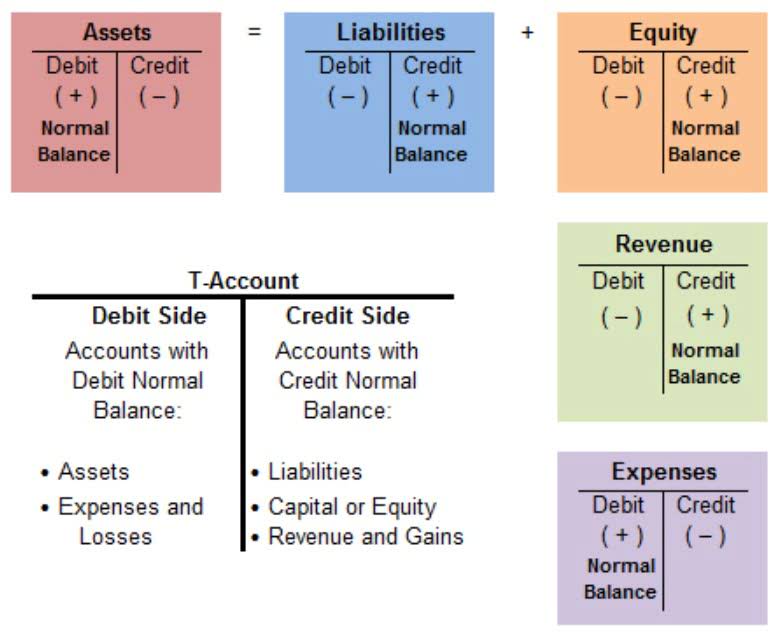Address
304 North Cardinal
St. Dorchester Center, MA 02124
Work Hours
Monday to Friday: 7AM - 7PM
Weekend: 10AM - 5PM
Address
304 North Cardinal
St. Dorchester Center, MA 02124
Work Hours
Monday to Friday: 7AM - 7PM
Weekend: 10AM - 5PM

The company could be losing money on every product they produce, but staying a float because of a one-time insurance payout. Gross margin ratio is a profitability ratio that compares the gross margin of a business to the net sales. This ratio measures how profitable a company sells its inventory or merchandise. In other words, the gross profit ratio is essentially the percentage markup on merchandise from its cost.

On the other hand, a penetration pricing strategy, where prices are set lower to capture market share, might result in slimmer margins, at least in the short term. While high revenue can be a sign of flourishing sales, it’s the interplay between revenue and costs that truly defines a company’s financial health. Furthermore, stakeholders, from investors to creditors, closely scrutinize gross margin.

A good way to reduce costs is by finding less expensive suppliers, or concentrating purchases with fewer suppliers, thereby achieving volume discounts. Either approach reduces the unit cost of goods, and so increases the gross margin ratio. However, this can result in a decline in quality, so you need to be careful about monitoring the quality of incoming components.

In recessions or economic slowdowns, consumers tend to cut back on spending. Companies might need to offer discounts or promotions to stimulate sales, often at the expense of their gross margin. Furthermore, securing venture capital and other venture gross margin accounting fund sources can become challenging during these times since investors may become more conservative with where they place their money. As such, this can affect your profit margin, making it even more essential for businesses to optimize operations.
The gross margin measures the percentage of revenue a company retains after deducting the cost of goods sold (COGS). This means that after Jack pays off his inventory costs, he still has 78 percent of his sales revenue to cover his operating costs. Unfortunately, $50,000 of the sales were returned by customers and refunded. It can impact a company’s bottom line and means there are areas that can be improved. Click on any of the CFI resources listed below to learn more about profit margins, revenues, and financial analysis. The ratio indicates the percentage of each dollar of revenue that the company retains as gross profit.